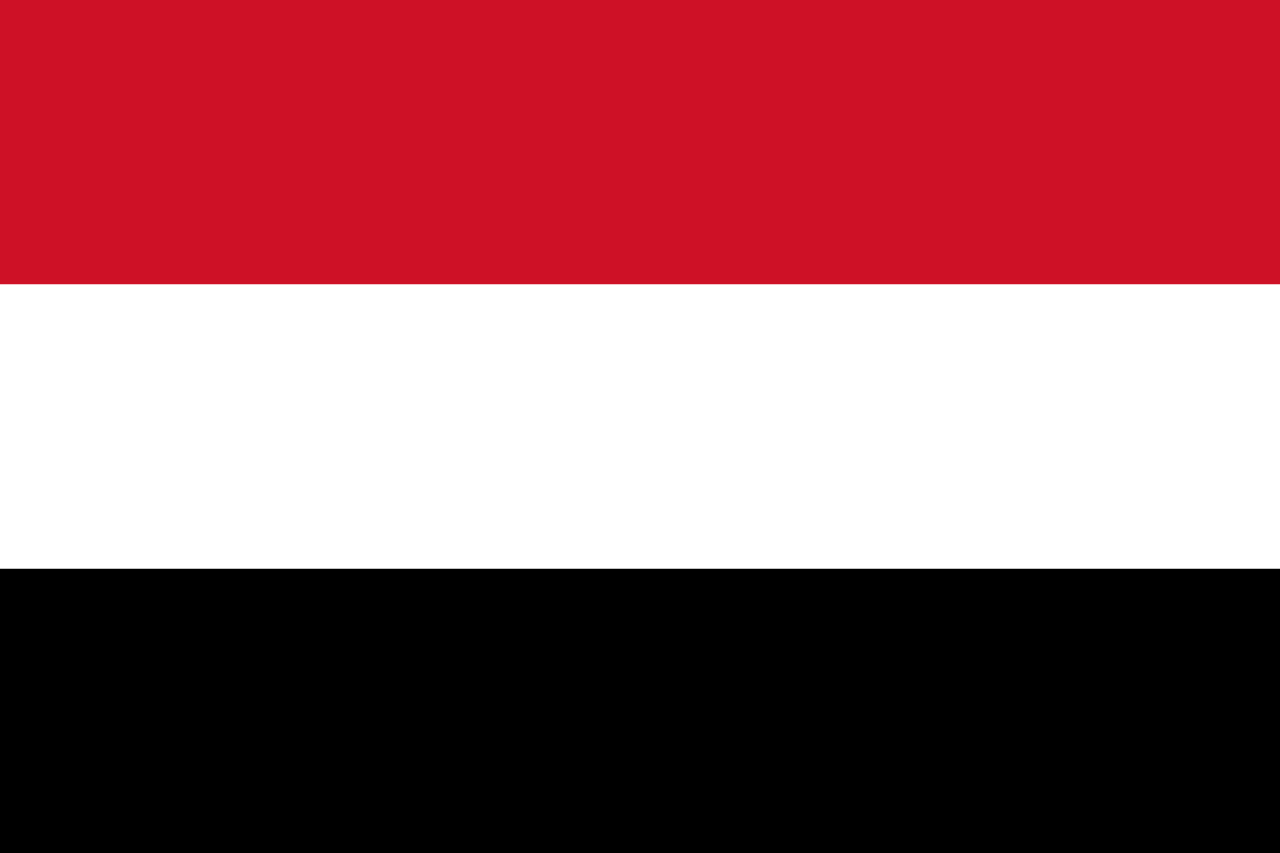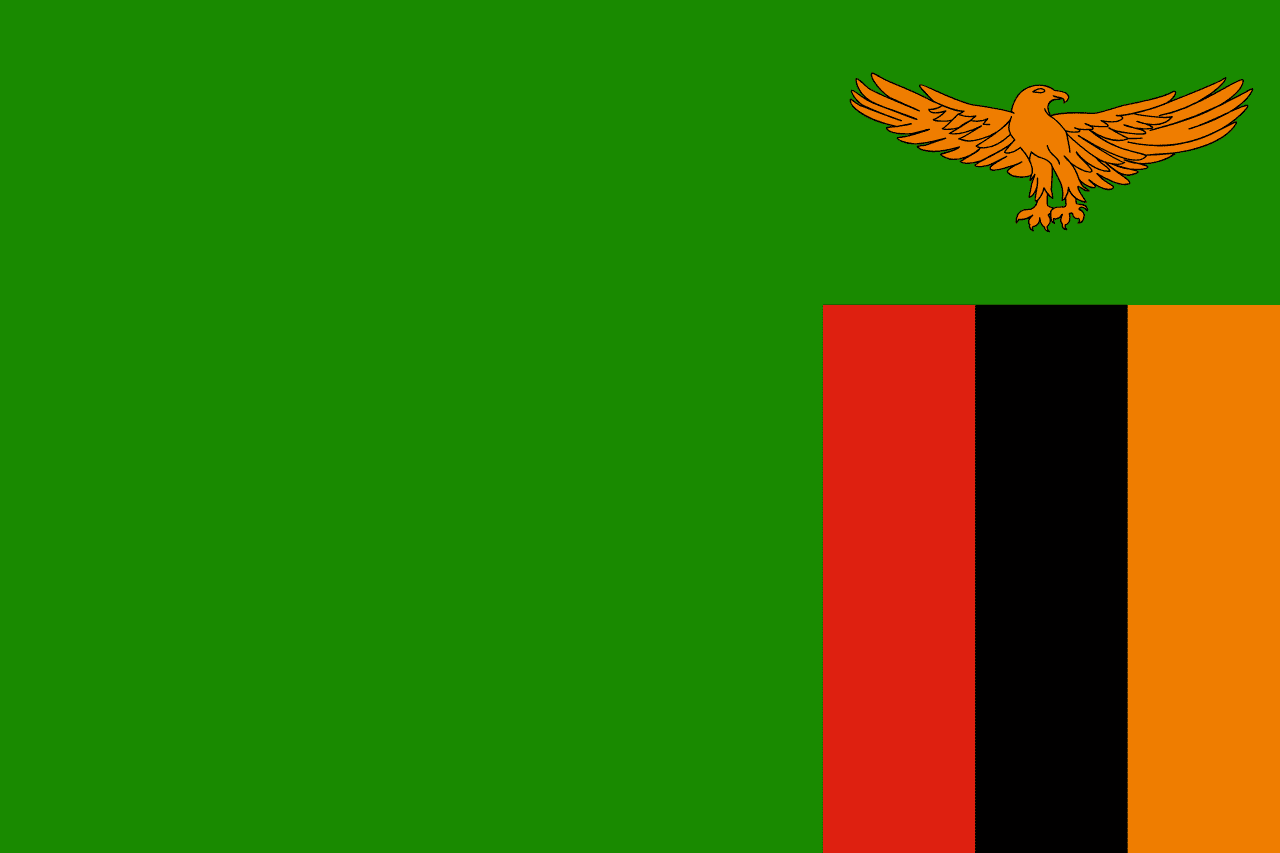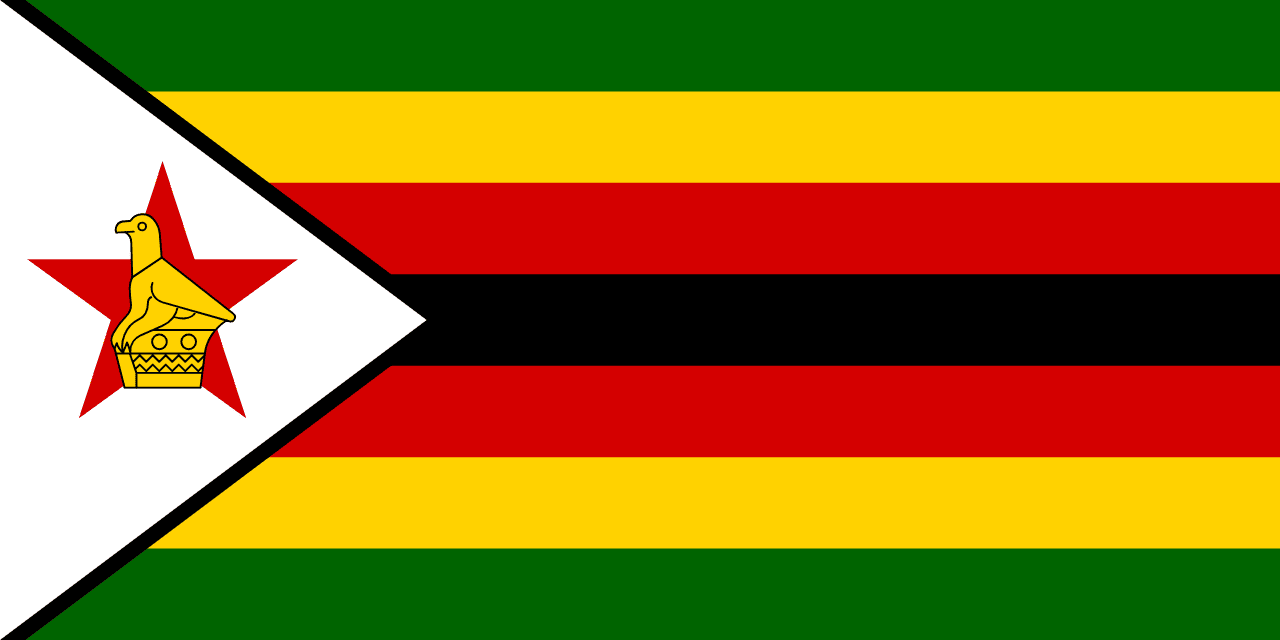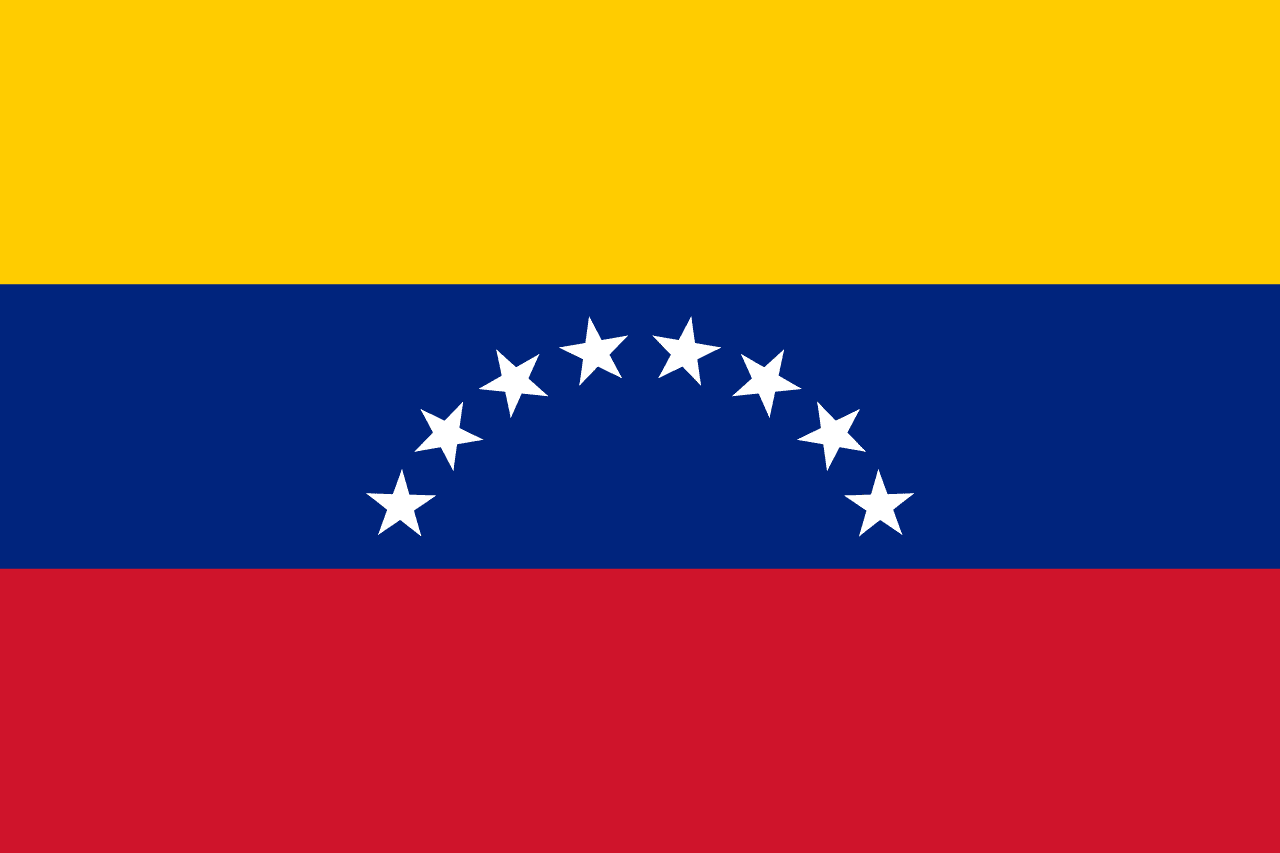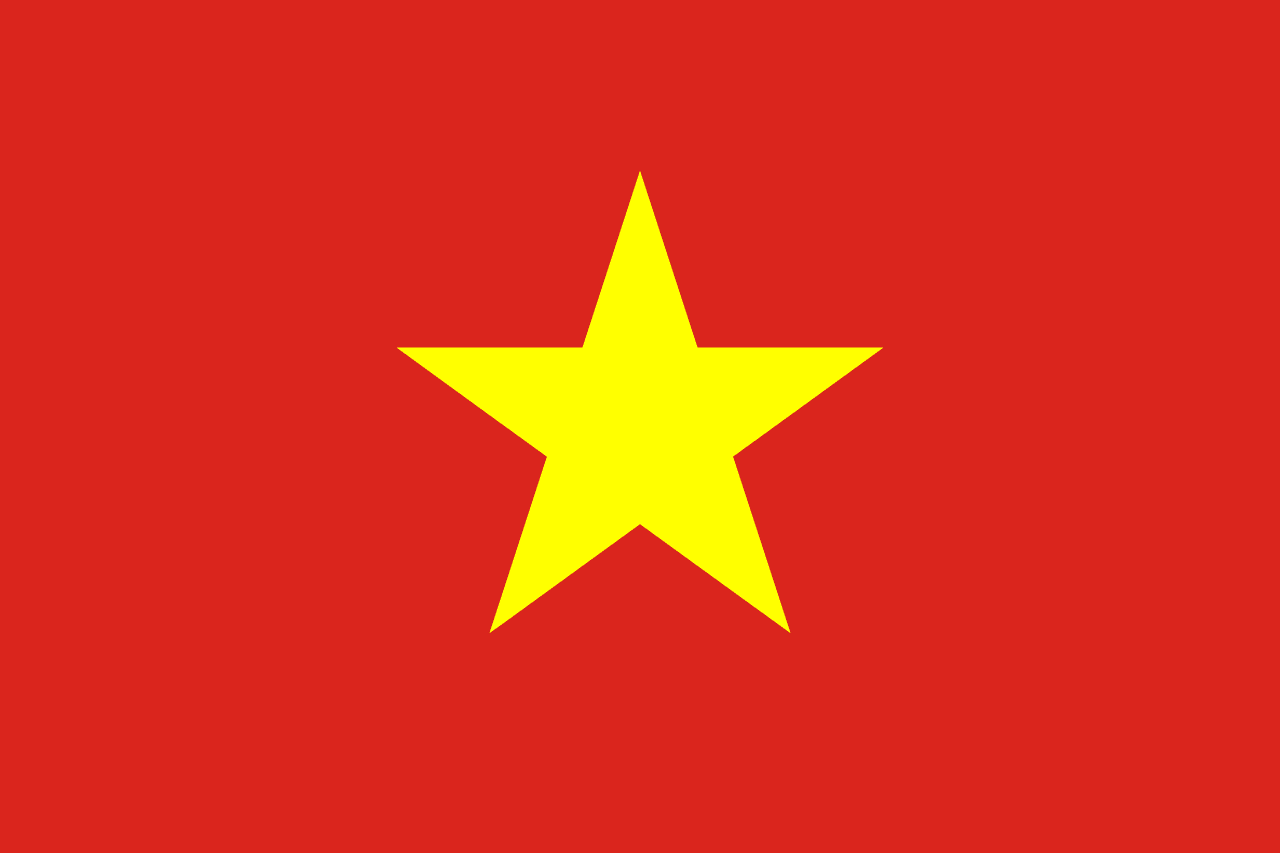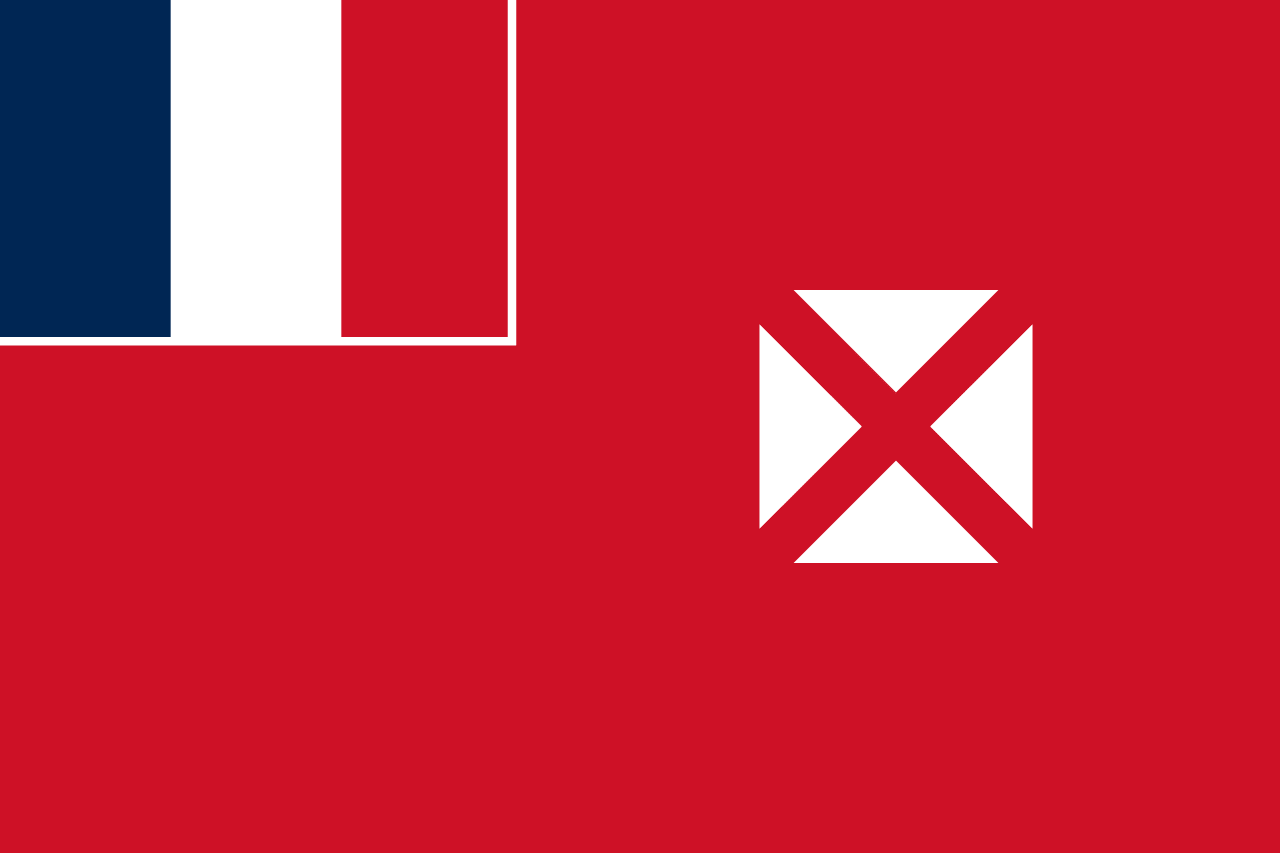The flag of Western Sahara, also known as the flag of the Sahrawi Arab Democratic Republic (SADR), is a striking emblem that represents the aspirations and struggles of the Sahrawi people. It features three horizontal stripes: black at the top, white in the middle, and green at the bottom. On the hoist side, there is a red triangle containing a white crescent and five-pointed star. This design encapsulates the complex history, cultural identity, and political aspirations of Western Sahara.
Western Sahara information
| National Flag Day | February 27 |
| Sovereign state | Disputed |
| Official name | Sahrawi Arab Democratic Republic (SADR) |
| Capital | El Aaiún (claimed), Bir Lehlou (temporary) |
| Population | 582,478 |
| Area | 266,000 km² |
| Currency | Sahrawi peseta (none official), Moroccan dirham (used) |
| Language | Arabic, Spanish |
| Continent | Africa |
| Region | North Africa |
| Subregion | Maghreb |
| Borders | Morocco, Algeria, Mauritania |
| Timezone | Western Sahara Time (WST) UTC+0 |
| Calling code | +212 (shared with Morocco) |
| Top-level domain | — |
History of the Western Sahara flag
 The flag of Western Sahara was officially adopted on February 27, 1976, coinciding with the proclamation of the Sahrawi Arab Democratic Republic by the Polisario Front. This date marked the end of Spanish colonial rule and the beginning of a new era of struggle for independence. The flag's design draws inspiration from pan-Arab colors and Islamic symbolism, reflecting the region's cultural and religious heritage. It has become a powerful symbol of Sahrawi identity and the ongoing quest for self-determination in the face of complex geopolitical challenges.
The flag of Western Sahara was officially adopted on February 27, 1976, coinciding with the proclamation of the Sahrawi Arab Democratic Republic by the Polisario Front. This date marked the end of Spanish colonial rule and the beginning of a new era of struggle for independence. The flag's design draws inspiration from pan-Arab colors and Islamic symbolism, reflecting the region's cultural and religious heritage. It has become a powerful symbol of Sahrawi identity and the ongoing quest for self-determination in the face of complex geopolitical challenges.
Symbolism and design of the Western Sahara flag
Each element of the Western Sahara flag carries deep symbolic meaning:
- The black stripe represents the dark period of Spanish colonialism and the ongoing struggle for independence.
- The white stripe symbolizes peace and hope for a brighter future.
- The green stripe stands for prosperity and represents Islam, the predominant religion of the Sahrawi people.
- The red triangle signifies the sacrifices made in the fight for freedom and independence.
- The white crescent and star within the red triangle are traditional Islamic symbols, representing faith and unity.
- The five points of the star are said to represent the five pillars of Islam.
Usage and significance of the Western Sahara flag
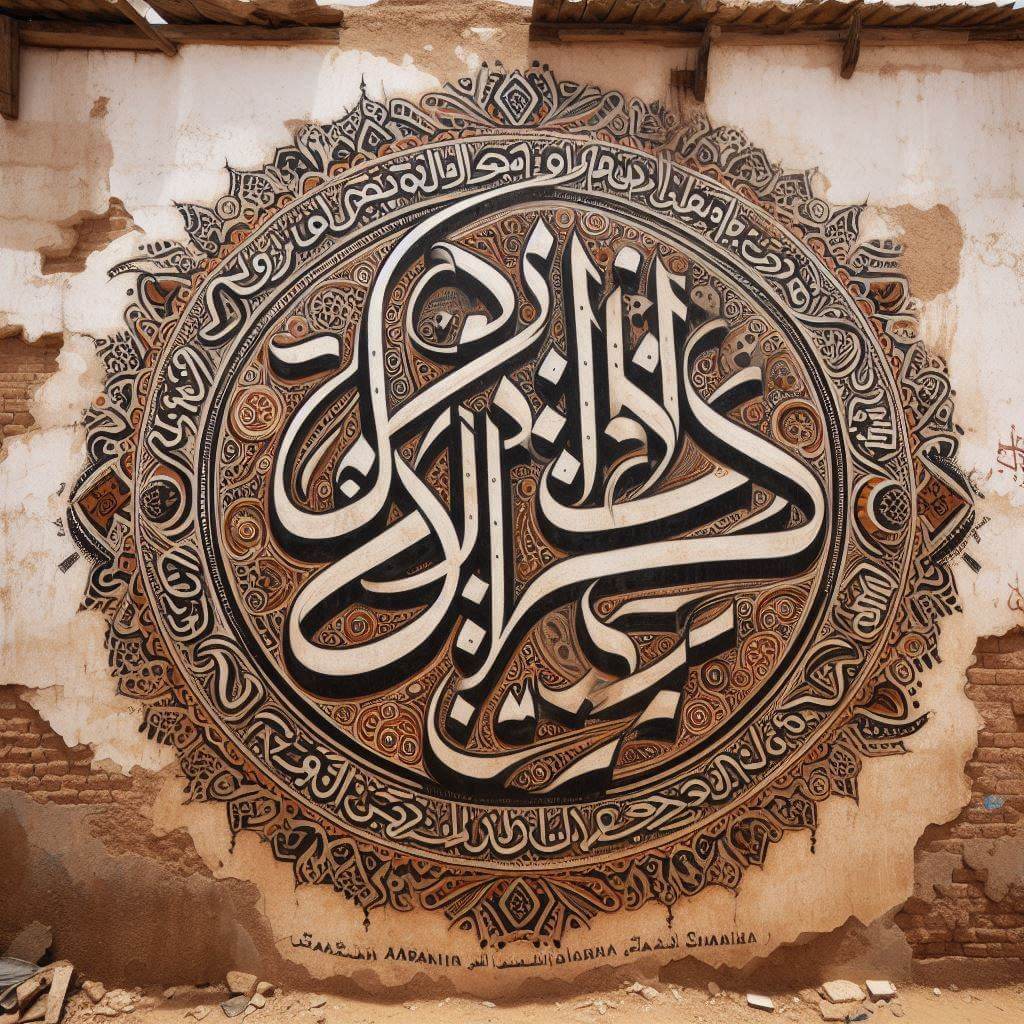 The flag of Western Sahara serves as a powerful symbol of Sahrawi identity and aspirations for statehood. It is widely used by supporters of Western Sahara's independence and by the Polisario Front, the main Sahrawi nationalist movement. The flag is displayed in refugee camps in Algeria, where many Sahrawis have lived since the conflict began. It is also used in international forums and solidarity events to raise awareness about the Western Sahara issue. However, due to the disputed nature of the territory, the flag's usage is controversial and often contested in international settings.
The flag of Western Sahara serves as a powerful symbol of Sahrawi identity and aspirations for statehood. It is widely used by supporters of Western Sahara's independence and by the Polisario Front, the main Sahrawi nationalist movement. The flag is displayed in refugee camps in Algeria, where many Sahrawis have lived since the conflict began. It is also used in international forums and solidarity events to raise awareness about the Western Sahara issue. However, due to the disputed nature of the territory, the flag's usage is controversial and often contested in international settings.
Interesting facts about the Western Sahara flag
- Western Sahara is a disputed territory in North Africa, bordered by Morocco, Algeria, and Mauritania, known for its vast desert landscapes and rich Sahrawi culture.
- The flag's design not only reflects the people's struggle for independence but also their cultural values and Islamic faith.
- Western Sahara's political status remains unresolved, with the territory largely controlled by Morocco but claimed by the Polisario Front as the SADR.
- The flag is sometimes referred to as the "flag of four colors" due to its distinctive combination of black, white, green, and red.
- The Western Sahara flag shares similarities with other flags in the region, particularly in its use of pan-Arab colors and Islamic symbols.
- In areas controlled by Morocco, the Moroccan flag is used instead, highlighting the ongoing dispute over the territory.
- The flag has become a symbol of solidarity for international activists supporting Western Sahara's right to self-determination.
- Despite the unresolved status of Western Sahara, its flag is recognized by the African Union, of which the SADR is a full member.
